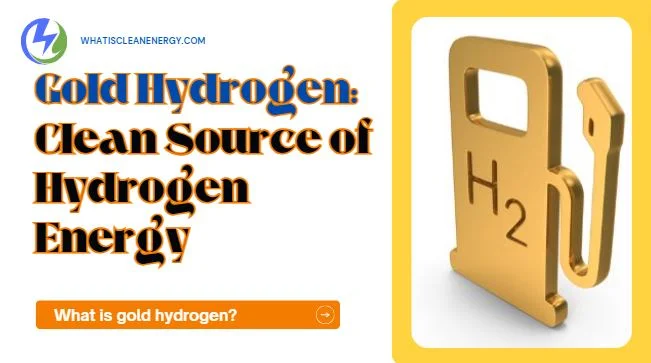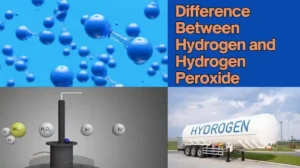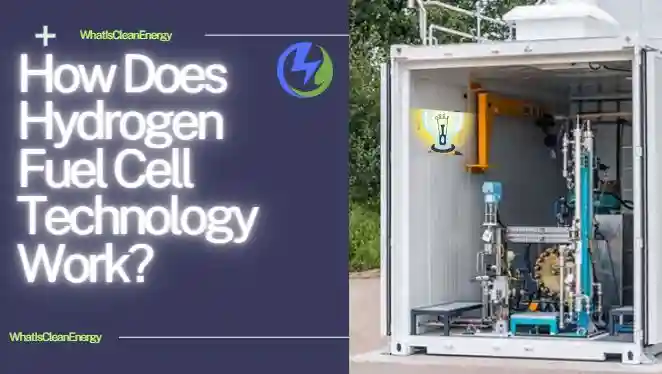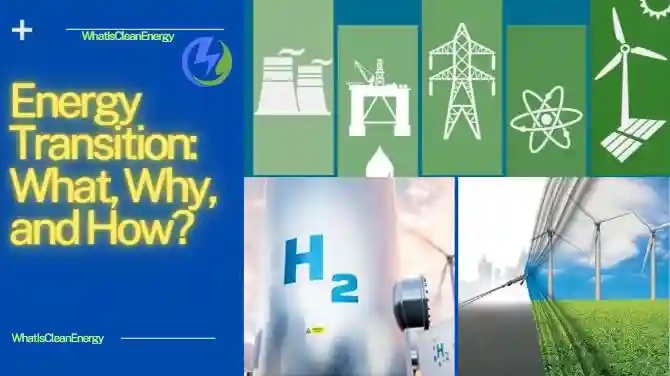Hydrogen is a versatile and abundant element that can be used for various applications, such as fuel cells, vehicles, steelmaking, and heating. However, most of the hydrogen we use today is produced from fossil fuels, which emit carbon dioxide and contribute to global warming. Is there a better way to produce hydrogen that is cheaper, cleaner, and more sustainable? The answer may lie in gold hydrogen, also known as natural or white hydrogen. Gold hydrogen is hydrogen that occurs naturally underground, generated by geological processes.
Unlike other sources of hydrogen, gold hydrogen does not require water or electricity to produce, and it has a very low carbon footprint. Gold hydrogen could be a game-changer for the energy transition. It offers significant advantages over other methods of hydrogen production.
In this article, we will explore what gold hydrogen is, how it is formed, where it is found. We also look into how it is extracted, and what are its benefits and challenges.
What is gold hydrogen?

Gold hydrogen is hydrogen that accumulates naturally under the ground, in pockets or reservoirs similar to oil and natural gas. Gold hydrogen is formed by two main mechanisms:
- The reaction of water with iron-rich rocks, such as basalt or olivine. This process releases hydrogen and consumes oxygen, creating an anaerobic environment that prevents oxidation of the hydrogen.
- The radiolysis of water by exposure to radioactive minerals, such as uranium or thorium. This process splits water molecules into hydrogen and oxygen, and the hydrogen escapes through cracks or pores in the rock.
Gold hydrogen is sometimes called white hydrogen, because it is colorless and odorless, unlike other types of hydrogen that have different hues depending on how they are produced. For example, grey hydrogen is made from natural gas, blue hydrogen is made from natural gas with carbon capture and storage. Green hydrogen is made from water using renewable electricity, and pink hydrogen is made from water using nuclear energy.
Where is gold hydrogen found?

Gold hydrogen is not a new discovery, but it has been largely overlooked until recently. For decades, geologists have understood that underground processes generate hydrogen. They previously believed it would swiftly dissipate into the atmosphere or engage in reactions with other substances. However, recent studies reveal that hydrogen can become trapped and amass in specific geological environments. This leads to the formation of substantial and enduring reservoirs of bound hydrogen.
Gold hydrogen has been detected in various locations around the world, such as Canada, Mali, South Africa, Oman, Russia, and Australia. Some of these sites have been confirmed by drilling and sampling, while others are based on geophysical surveys and geochemical analysis. The size and quality of the gold hydrogen reservoirs vary depending on the geological conditions, such as the depth, temperature, pressure, permeability, and composition of the rocks.
One of the most promising sites for gold hydrogen exploration is the Ramsay project in South Australia, operated by Gold Hydrogen Limited, an Australian company that specializes in natural hydrogen production. The Ramsay project covers an area of about 1,000 square kilometers, where gold hydrogen has been detected at concentrations of up to 98%. The company has drilled two exploration wells, Ramsay 1 and Ramsay 2, and plans to drill more in the future. The company estimates that the Ramsay project could potentially produce up to 100 million kilograms of gold hydrogen per year.
How is gold hydrogen extracted?

Gold hydrogen is extracted using similar techniques and equipment as oil and natural gas. The main steps are:
- Drilling: A well is drilled into the gold hydrogen reservoir, using a rotary drill bit and a steel pipe called a casing. The casing is cemented into place to prevent leakage and contamination of the reservoir.
- Completion: The well is prepared for production, by installing a perforated pipe called a production tubing inside the casing. The perforations allow the gold hydrogen to flow into the tubing. A device called a wellhead is attached to the top of the tubing, which controls the pressure and flow of the gold hydrogen.
- Production: The gold hydrogen is pumped to the surface, using a device called a pump jack or a gas lift. The gold hydrogen is then transported to a processing plant, where it is purified and compressed for storage or distribution.
The extraction of gold hydrogen is relatively simple and low-cost, compared to other sources of hydrogen. Gold hydrogen does not require water or electricity to produce, and it has a very low carbon footprint, as it does not emit any greenhouse gases during production. The only emissions associated with gold hydrogen are from the drilling and transportation activities, which can be minimized by using renewable energy and efficient vehicles.
What are the benefits and challenges of gold hydrogen?
Gold hydrogen has many benefits as a source of clean energy, such as:
- Abundance: Gold hydrogen is widely distributed around the world, and it could provide a large and reliable supply of hydrogen for various applications.
- Affordability: Gold hydrogen is cheaper to produce than other sources of hydrogen, as it does not require water or electricity, and it has low operating and maintenance costs.
- Sustainability: Gold hydrogen is cleaner than other sources of hydrogen, as it does not emit any greenhouse gases during production, and it has a very low water footprint.
- Versatility: Gold hydrogen can be used for various applications, such as fuel cells, vehicles, steelmaking, and heating. Gold hydrogen can also be blended with natural gas or biogas, to reduce their carbon intensity and increase their efficiency.
Challenges of gold hydrogen
Gold hydrogen faces some challenges, such as:
- Uncertainty: Gold hydrogen is still a relatively new and unproven source of hydrogen, and it requires more research and development to confirm its potential and viability.
- Regulation: Gold hydrogen is subject to different regulations and standards in different countries and regions, which may affect its production and distribution. Gold hydrogen also needs to comply with the safety and quality requirements for hydrogen use and storage.
- Competition: Gold hydrogen competes with other sources of hydrogen, such as grey, blue, green, and pink hydrogen, which have different advantages and disadvantages. Gold hydrogen also competes with other forms of clean energy, such as solar, wind, and nuclear.
Conclusion
Gold hydrogen is a new and exciting source of clean energy, that offers significant advantages over other methods of hydrogen production. It is naturally occurring hydrogen that is trapped underground, generated by geological processes. Gold hydrogen is abundant, affordable, sustainable, and versatile, and it could play a key role in the energy transition, as it can be used for various applications, such as fuel cells, vehicles, steelmaking, and heating.
However, gold hydrogen is also facing some challenges, such as uncertainty, regulation, and competition, that need to be addressed and overcome. Gold hydrogen is still a relatively new and unproven source of hydrogen, and it requires more research and development to confirm its potential and viability. This also needs to comply with the safety and quality standards for hydrogen use and storage, and to compete with other sources of hydrogen and clean energy.
Gold hydrogen is a promising and innovative source of clean energy, that could revolutionize the hydrogen industry and the energy sector. This could be the next gold rush for the energy transition, as it offers a unique opportunity to produce hydrogen that is cheaper, cleaner, and more sustainable than ever before.
Frequently Asked Questions (FAQs)
What makes Gold Hydrogen different from regular hydrogen?
Gold Hydrogen is special because it’s naturally occurring and trapped underground, while regular hydrogen is usually made using other methods like splitting water.
Is Gold Hydrogen safe to use?
Yes, as long as we follow the rules and make sure it meets safety standards, Gold Hydrogen is safe to use just like any other energy source.
How can Gold Hydrogen help the environment?
Gold Hydrogen produces no harmful emissions when used, so it can help reduce air pollution and combat climate change.
Can Gold Hydrogen be used in everyday life?
Absolutely! Gold Hydrogen has many potential uses, from powering cars to heating homes, making it a versatile and practical energy source.
What’s the future of Gold Hydrogen?
While there are still challenges to overcome, Gold Hydrogen holds great promise as a cleaner and more sustainable alternative to traditional energy sources, shaping a brighter future for generations to come!





